We are
coco(D)collective
hola
a collective of 3 designers that stems from the desire to experiment with the limits imposed by all objects that surround us. Through our research processes, we explore new visions about how objects, materials and environments converse among themselves and with our own minds and bodies.
We believe that entering into this field allows to open spaces for reflection and to question established realities. We met during the first edition of the Master in Design Research and Experimentation in BAU (Design College of Barcelona). The three of us have different backgrounds - arts, architecture, graphic and product design - and in our emerging practice we like to merge methods and tactics from all these disciplines and many others.
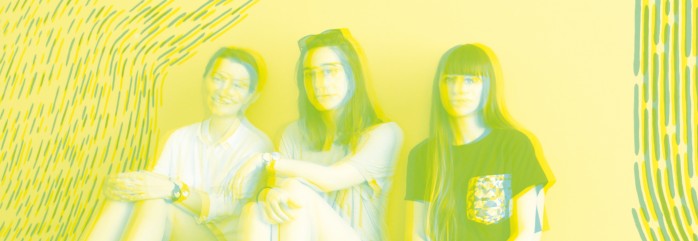
In our short residency we elaborated an experimental project that ended up with a workshop, exhibition and a publication. We proposed an emotional and open to interpretation manner to investigate a city. And to embody this investigation into an actual object that best represents it.
The project consisted of two parts.
First is exploration. Dérives around the city trying to look at it from different angle, searching for and collecting fragments of its tissue that for some reason draw attention of the eye and have the capacity to tell a story.
In the second part - experimentation - we created compositions with these fragments and embedded their stories into a material shape of a common local object, a traditional vase in this case. During this phase we experimented with moldings, casting, resin and pigments, mixing materials and expecting the unexpected.
Embodied Explorations
******************************************************
Residents of the Anthropocene
Bestiary of emerging species
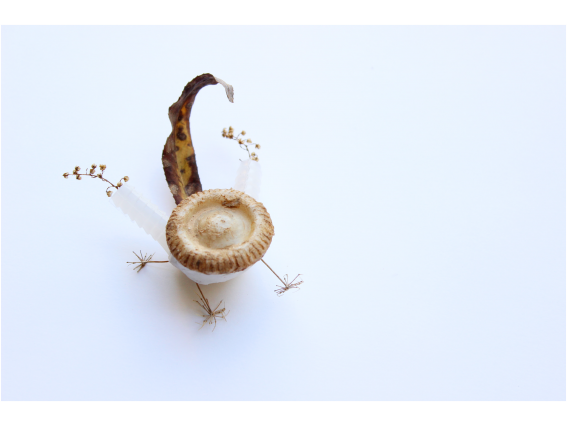
The Residents of Anthropocene is born from a number of concerns and preoccupations around the construction of micro-worlds, feminist theories, systems of production of knowledge and an eagerness to explore new places. The project consists of a speculative proposal that tries to give life to an alternative context, opening a small window to this world through a fictitious temporary exhibition on biology.
What is presented in this space are the new species that would have developed in the Anthropocene, a series of hybrid amalgams, composed by a multitude of elements belonging to both the vegetal and animal kingdom, as well as the cultural one, and that, what we classify as urban waste. All this is framed in a space of transition that oscillates between a framework of humanistic thinking and a slight evolution towards a new model more suitable for the stage that we enter, being reflected in the methods of classification of the species and in the exhibition systems.
The main objective of the project is to open questions that facilitate a space for reflection and debate, putting in doubt systems of production and validation of knowledge. The way we look at the world, the point of view we take to generate truth - absolutely conditioned by its context - produces a whole reality that can eventually become palpable. In our case we call it Anthropocene. This has had all alarming consequences, and brings with it a series of new actors.
But how would this situation progress if we made a humble shift from the human to other subjectivities? Although the project is not intended to give a definite answer to these questions, but simply to generate them, it tries to incite curiosity to discover the relationships and interconnections that are established around us, and that develop outside our apparent interest. In short, it seeks to awaken the intrigue for the hidden lives that surround us, the small civilizations and microworlds that we overlook day by day, amplifying them through fictionalization

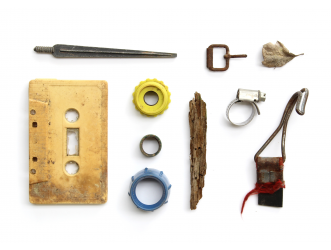
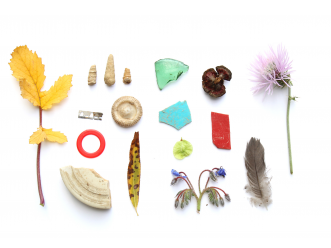
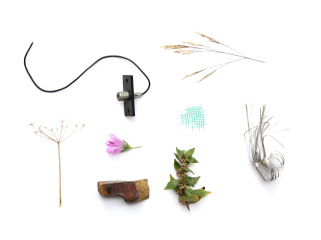
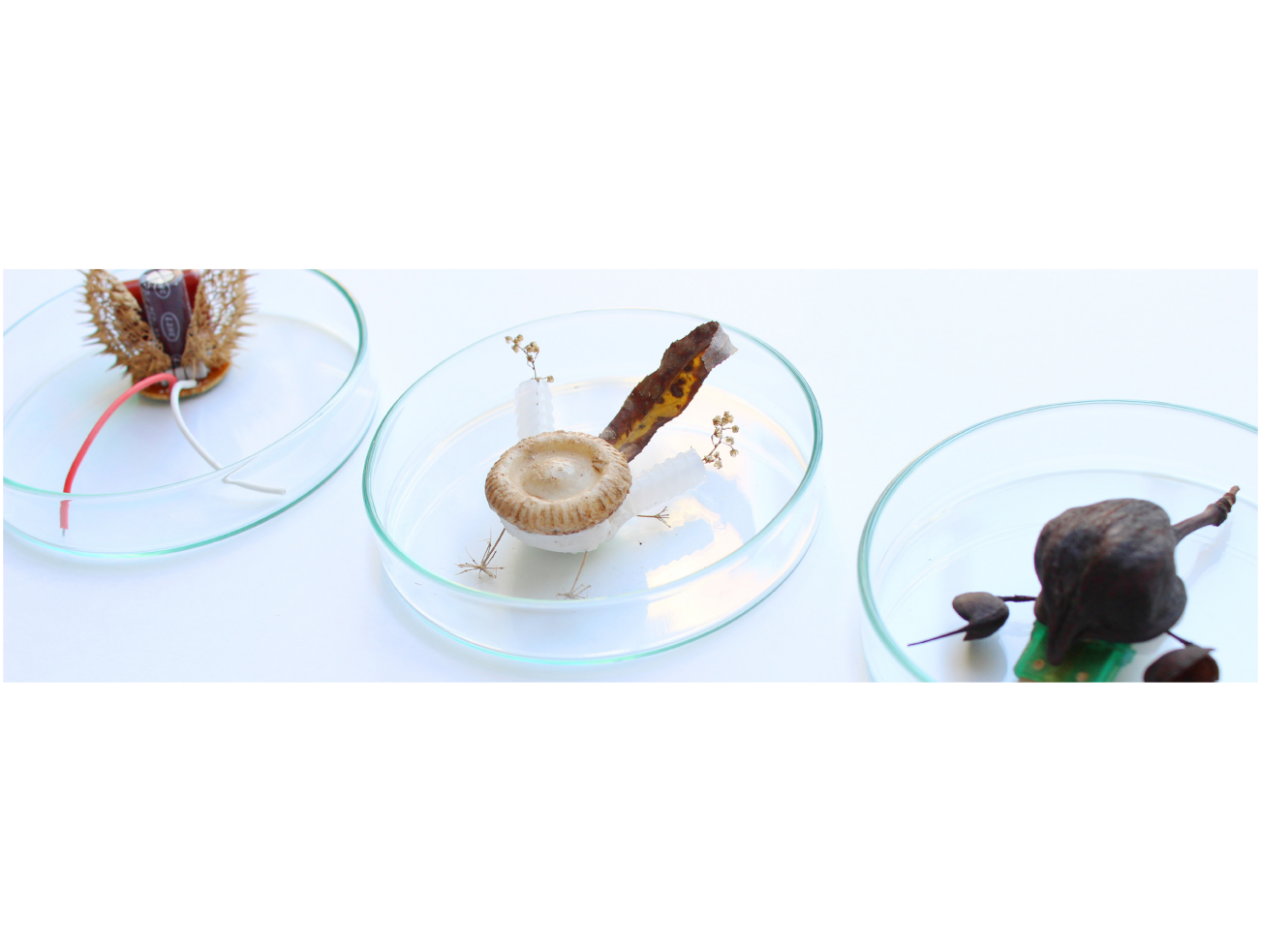
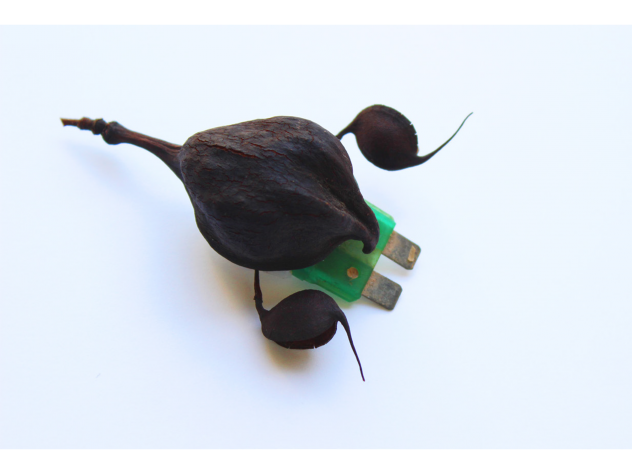
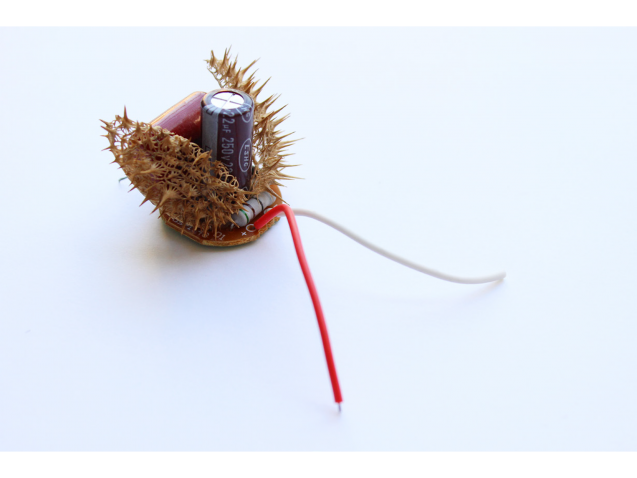
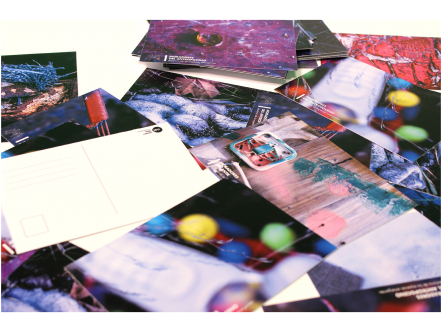

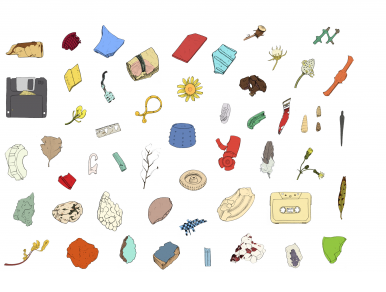
#WhyNotShowOff
The tools, or devices, can be seen as mediators of human-world relations. “Technological artefacts are not neutral intermediaries, but actively co-shape people’s being in the world: their perceptions and actions, experience and existence.” (Verbeek, 2006).
This project started with hearing/deafness and hearing aids for the pursuit of invisibility of their design, where reducing the size, transparency and “natural”, inconspicuous colours and materials remain the main market requirements. The race for invisibility suggests a certain type of relationship between a wearer and her aid, as to something that needs to stay out of sight. This discretion image is also widely broadcast in media.
If a hearing aid was designed to hide it better, does this mean that a wearer needs to hide it? If one is supposed to want to conceal the fact that s/he wears a hearing aid, does it make him/her actually want it? If so, how does this inflicted desire make one feel about his/her hearing aid and as a consequence about d/Deafness in general? How does the invisible nature of assistive devices affect their perception in society? If one sees that something is purposefully hidden, being polite means not to notice that. Who puts the invisibility requirement on a device, the d/Deaf or the hearing? Do our designs contribute to the voluntary ignorance about normativity of the body?
In what ways they can make us more conscious and equipped for a meaningful communication?
These are some of the questions that we intend to put on the table with the #WhyNotShowOff kit. But even more importantly, it is an attempt to give the individuals the tools to make a choice; to regain the control in one’s perception. It is an open-access project, meaning that all the blueprints and models, ready to 3d print and laser cut are available online and open to interpretations and modifications under the CC license.
In our boldest dreams we see #WhyNotShowOff as a disobedience act, as a protest against invisibility.
Sexualized home
This is a product line composed by seven everyday objects which offer a double functionality. They are able to perform one conventional role in the home environment, but at the same time, they hide a sexual feature.
The project was born out of the need to awaken user’s curiosity, inviting them to experiment, and acting as a means to lose their fear of exploring pleasure and trying out new practices. The double function those common objects offer helps to expand the environment in where all those sexual practices are done, and moreover, it expands the vision we have about the potentialities our surrounding elements have.
In the line of products we can find a carpet, two pillows, three silicone ices and a scraper.
“Play, experiment.”
Would you like a receipt?
This project focuses on the inexplicable yet inevitable presence of cash register receipts. While studies keep proving the toxicity of BPA (Bisphenol A - the chemical used in thermal paper) it seems absolutely impossible to eliminate contact with it.
During 8 weeks we were collecting all the receipts we get. For the clarity of an experiment, when there was an option not to take a cheque, we didn't. The amount of papers, collected by *regular* people was overwhelming. It's even more shocking, when you realize, there is actually no practical purpose of all this wasted paper except as a guarantee of our consumer rights, that we're supposed to have anyway.
The piles of receipts are then sorted and re-manufactured into solid blocks to visualize the information.
Thync Twice
One of our most theoretical researches is based on the study of one concrete device, which constitutes a really controversial object within the contemporary body-mind discourse. This device is named Thync, and is supposed to be an innovative new means to control people’s mood just by using a smartphone application, perceiving our own bodies just like machines. The device, situated above the eyebrows, sends an assortment of electromagnetic waves directly to the brain that change user’s mind state.
Using this artefact as a case study we developed a controversy map, and dived in the research of how bodies are currently conceived, how they are intervened, how they are connected with the mind; as well as the approaches that are related to their understanding. To develop this research, we worked together with a therapist, who helped us to be more aware about the way our body works, and the possible consequences of using these kinds of technologies.
What future scenarios produce the conception of bodies as systems controlled by technological devices?
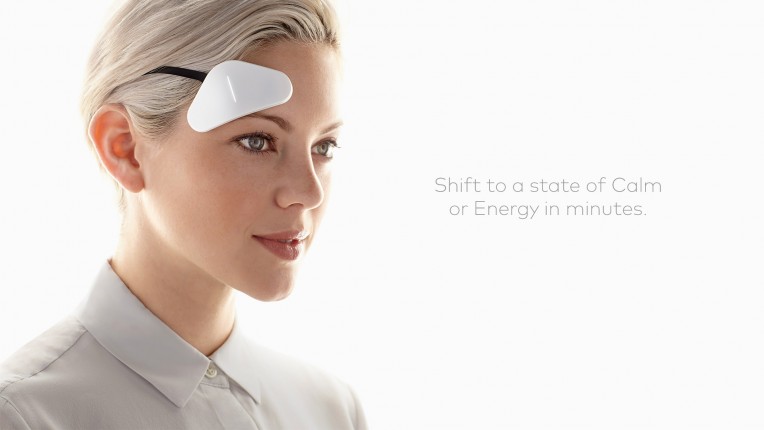
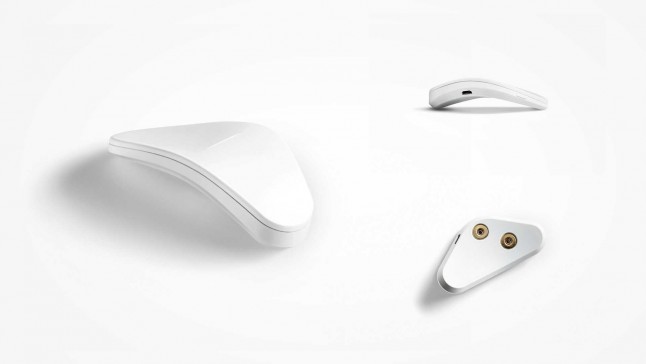

Contact us at
cocodesigncollective@gmail.com
Edited Stories
A machine that through its operation aims to reflect the reality of a research. This machine is in itself the physical result of an analysis carried out in investigating the different ways of preserving certain centennial doors of Barcelona's neighborhood of Born.
When approaching the machine, the game is being launched to access information. You can observe what kind of documents it stores, but you can not know its contents; You can fantasize about accessing them, but not knowing the way to reach them; You can choose a key, but never know which door will open. Each key opens access to a single document. What will it be?
You know how to start but never where you will get to.
hola
hola
GLITCH
From Digital to Physical and Back
In May 2017 we were invited to give a workshop at the conference devoted to the collision of creativity and Information Technology - CreateIT. Our interest lied in a conceiled aspects of digital technology that are used in the daily life. We decided to investigate it with the Glitch - a system failure that helped us reveal the coded nature of digital image. We also took a step further into the "real world" and tried to digitalize physical objects in order to discover the mechanisms that the machine uses to process three-dimensional space.
Thomas Thwaites in his "The Toaster Project" book (which was called "the best design writing of the decade" by the way) hilariously quotes Douglas Adams' Mostly Harmless novel. The main point is that when a protagonist Arthur Dent arrives at the planet inhabited by technologically primitive people, he has no doubt that his knowledge of an average 20th century Earth-man would be enough to bring enlightenment and technological progress to his new home.
However, soon he finds out that when left on his own, "to his own devices he couldn’t build a toaster. He could just about make a sandwich and that was it."
While the situation is fictional, the frustration we encounter, when realize how little each one of us individually knows about technology, is real. It doesn't mean, of course, that we should aim at becoming an expert in everything - it's impossible and pointless - but a little bit deeper understanding of the tools we use everyday wouldn't hurt.
According to Martin Heidegger,
as merely instruments, but rather
actuate stretches as far as the things we see through without technology advances, the tools, multiply in quantity and
begin to see them as instruments?
familiar functional tools are not perceived
parts of our own being. Our own ability to
"ready-to-hand" devices do, they become the actually noticing their assistance. The helping us to perform our daily tasks, sophistication, blah blah.. So, how do we
Again, according to Heidegger the thing can reveal its function. When something can no longer be useful for
"presence-at-hand" when it breaks and can no longer perform its
us, only then we really understand that we were using it.
This brings us to GLITCH as an error or system failure. representation, that was crafted for us to perceive in coded to be observed as a solid picture. However, it inappropriate digital tool) for this illusion of
It is a moment, when we begin to see digital media as merely a
a familiar manner. A digital image is a combination of symbols,
only takes a sneak peak at its code in a different way (using
integrity to break!
These glitches digitalization of mechanisms the recognize the
de-constructed by pixels, only
represent a friction, necessary to reveal the digital flow. The same way, the
physical things using photogrammetry give a certain understanding of the
machine uses to process 3d geometry. In our normal state we instantly
object in a three-dimensional space, we see its form and volume. But when
computer vision and processing, it appears before us just as an array of
differentiated by color.
GLITCH_Publication
This publication can serve you as a guide to all the process we did.